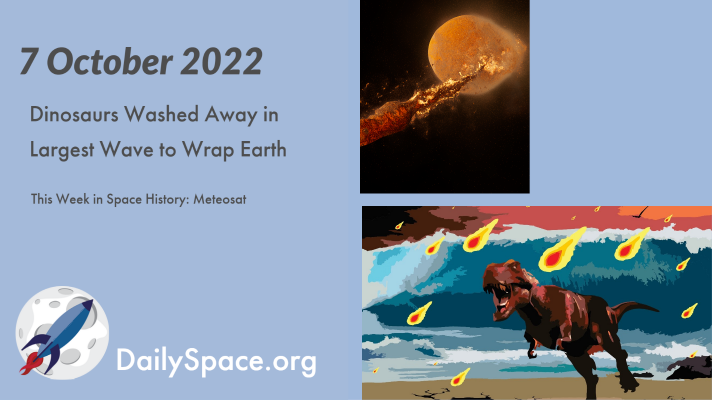
Oct 8, 2022 | Asteroids, Daily Space, Earth, Milky Way, Moon, Space History, Spacecraft
As if getting set on fire and tossed into space wasn’t enough, new research finds evidence that after the Chicxulub impact, dinosaurs were also the victims of a massive global tsunami and worldwide earthquakes. Plus, the Milky Way’s stellar graveyard, a new timeline for the Moon’s formation, and this week in space history, we look back at the Meteosat program.
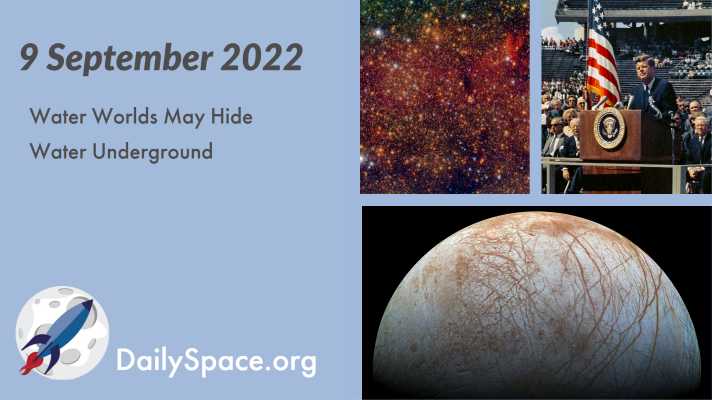
Sep 10, 2022 | Crewed Space, Daily Space, Exoplanets, Galaxies, Mars, Milky Way, Space History, Space Policy, Star Forming Region, Stars
A population study of 43 exoplanets orbiting M-dwarf stars used both the transit method and radial velocity method to find the densities of the worlds and a surprising pattern emerged. The planets are less dense than expected, suggesting they are not purely rock but half-rock and maybe half-water. Plus, star factories in the Milky Way, glaciers on ancient Mars, and This Week in Space History.
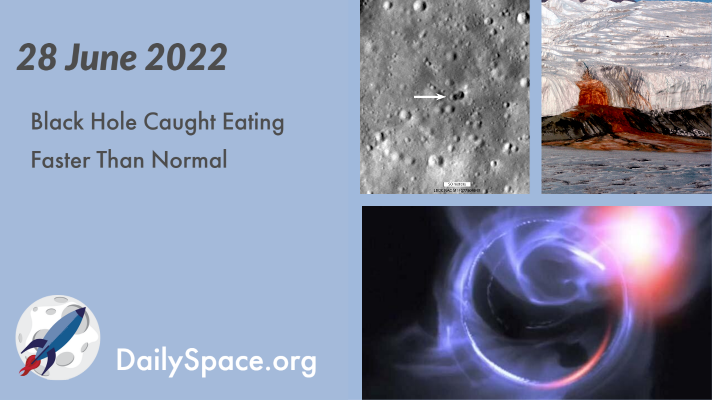
Jun 29, 2022 | Astrobiology, Daily Space, Earth, JWST, Mars, Milky Way, Rockets, Space China, Spacecraft, Supermassive Black Holes
With a little bit of luck and a lot of time on different telescopes, researchers managed to capture the black hole in the center of the Milky Way, SgrA*, consuming matter at a faster rate than usual. Plus, Australia launches a rocket, a couple of Mars stories, and strange glaciers on Earth.
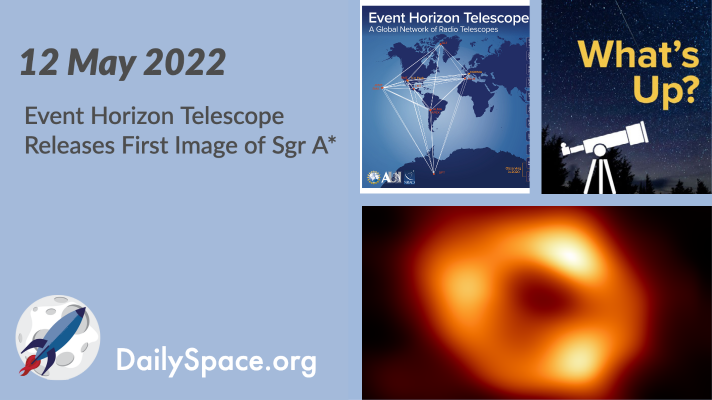
May 13, 2022 | Daily Space, Milky Way, Observatories, Sky Watching, Supermassive Black Holes
In an early morning announcement, the Event Horizon Telescope collaboration finally revealed their first image of Sgr A*, the black hole at the center of the Milky Way galaxy. We have a special episode entirely about this amazing new image and the science behind it. And this week’s What’s Up is a total lunar eclipse.
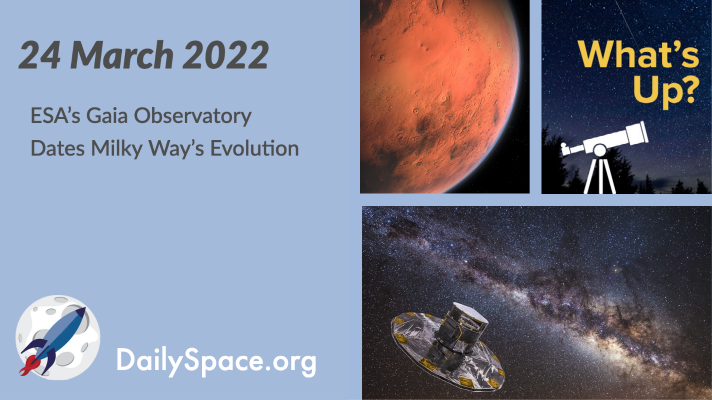
Mar 25, 2022 | Citizen Science, Climate Change, Daily Space, Earth, ESA, Exoplanets, Galaxies, Mars, Milky Way, Perseverance, Sky Watching, Spacecraft
Stellar formation and evolution data collected from ESA’s Gaia telescope has allowed scientists to create a timeline of the evolution of our own galaxy, the Milky Way. Plus, an ancient ice age, sound on Mars, a new exoplanet, and What’s Up.

Jan 27, 2022 | Astrobiology, Crewed Space, Daily Space, Earth, Milky Way, Physics, Rockets, Space China, Space History, Spacecraft
For decades, scientists have been trying to work out just how the Earth got all its water, and the prevailing theory was that comets and asteroids brought it, and we have evidence for that mechanic; however, a new hypothesis has provided evidence that the water was already here, locked away in hydrous minerals in a very iron-poor core. Plus, magnetic fields, subatomic particles, life on the ocean floor, a geology mystery solved, and this week in rocket history covers a space shuttle mission with some really neat science.








 We record most shows live, on Twitch. Follow us today to get alerts when we go live.
We record most shows live, on Twitch. Follow us today to get alerts when we go live.